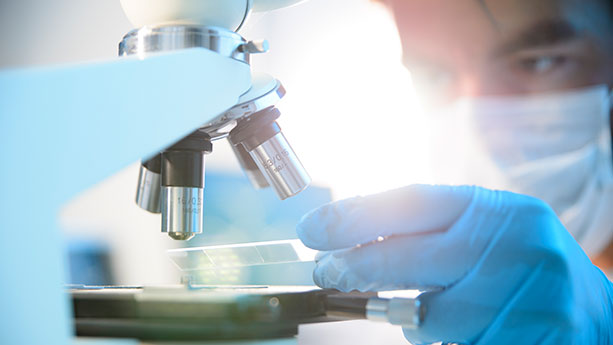The heart relies on electrical impulses to beat. When the area of the heart sending the signals (the sinoatrial node) develops a problem or the electrical pathways become blocked, your heart can develop an irregular beat called an arrhythmia. This can cause worrisome symptoms such as heart palpitations or dizziness or, in serious cases, even lead to cardiac arrest.

Thankfully, arrhythmias can be treated using cardiac electrophysiology, the study of heart’s electrical system. Specially trained cardiologists called electrophysiologists use advanced equipment to diagnose the source of the irregular rhythm. They then can treat the problem using a number of minimally invasive methods.
Electrical Cardioversion for Atrial Fibrillation
Your doctor may give you medication to restore your normal heart rhythm. If this isn't effective, he or she may recommend cardioversion. Before this short procedure, you will be given sedation. Electrode pads are then placed on your chest and back to deliver an electrical shock to your heart. The shock lasts just a second and may be repeated, if necessary. Most patients do not remember the shock when they wake up and can quickly return to normal activities. Depending on your condition, you may require medication or additional treatment to retain a normal heart rhythm.
Cardiac Ablation
Ablation is a minimally invasive procedure that restores normal heart rhythms by destroying (ablating) any tiny areas of heart tissue causing the arrhythmias. Electrophysiologists use catheters guided by sophisticated x-ray and 3D mapping and sometimes stereotaxis (robotic navigation).
Implantable Pacemaker and Cardiac Defibrilator
A pacemaker is a device with a small, battery-powered generator and one or more wires (or leads) that monitors the electrical impulses of your heart and, when needed, produces electrical impulses to help your heart regain a regular rhythm. An electrophysiologist implants the pacemaker under the skin, usually in the chest near the shoulder, and extends tiny lead wires through a vein to your heart muscle.
Experts may recommend a cardiac resynchronization therapy device, a specialized pacemaker, which works especially well for those at risk of heart failure and whose heart chambers do not beat in unison. It stimulates two areas of the heart – the right and left ventricles (lower chambers) and atria (upper chambers) – to help them pump more efficiently.
Depending on your type of arrhythmia, you may need an implantable cardiac defibrillator. Like a pacemaker, an ICD monitors your heartbeat and sends electrical impulses to the heart to normalize heart rhythm. However, an ICD also can detect dangerously rapid or erratic heartbeat in the heart ventricles and deliver a more powerful electric shock to immediately restore a normal heartbeat.
A particular type of ICD called a subcutaneous implantable cardioverter defibrillator places the electrode near, but not in, the heart, to reduce risks for certain patients. Ask your doctor if this type of device is optimal for your situation.
Many ICDs can record the heart's electrical patterns whenever an abnormal heartbeat occurs. Your doctor will review this data during your regular check-ups and use it to inform any future treatment.













